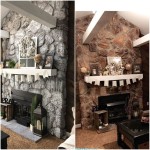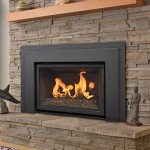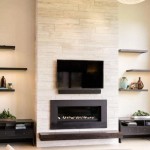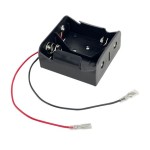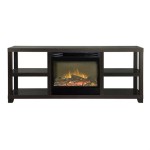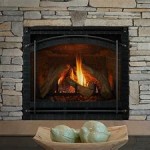Fireplace Burning Logs: A Guide to Choosing and Using the Right Fuel
Fireplaces, with their warm glow and crackling sounds, have captivated humans for millennia. While modern heating systems provide reliable warmth, fireplaces remain a cherished symbol of comfort and tradition. At the heart of this experience lies the fuel: logs. Choosing and using the right logs can significantly impact your fireplace's efficiency, safety, and enjoyment. This guide delves into the world of fireplace burning logs, providing insights into wood selection, preparation, and safe burning practices.
Choosing the Right Logs
The type of wood you choose for your fireplace significantly impacts the heat output, flame characteristics, and potential for creosote buildup. Here are some essential factors to consider:
Wood Type
Hardwoods, like oak, maple, and hickory, generally burn hotter and longer than softwoods such as pine and spruce. They produce less smoke, making them ideal for maximizing heat output and minimizing creosote buildup. Softwoods, while less efficient, offer a quicker, more visually appealing flame. They are often best suited for recreational fires rather than primary heating.
Moisture Content
The moisture content of firewood directly affects its burn efficiency. Dry wood, with a moisture content below 20%, burns cleaner and hotter, producing minimal smoke. Wet wood, on the other hand, expends energy evaporating water before combustion, generating more smoke and leaving behind a significant amount of creosote.
Seasoning
Properly seasoned wood is crucial for efficient and safe burning. Seasoning involves drying the wood for at least six months to a year, allowing excess moisture to evaporate. You'll know wood is properly seasoned when it feels light, has a dry, dull sound when tapped, and cracks easily.
Preparing Logs for Burning
Once you have chosen the right logs, proper preparation is necessary for ensuring a clean, efficient, and safe burn. This typically involves the following steps:
Splitting Logs
Splitting logs into smaller pieces increases surface area, allowing for faster and more efficient combustion. This also makes them easier to handle and store.
Stacking Logs
Properly stacking logs allows for adequate air circulation, promoting faster drying and preventing rot. Stacking logs off the ground on a pallet or raised platform further facilitates airflow.
Storing Logs
Storing logs in a dry, sheltered location is essential for preventing moisture absorption. A covered shed or outdoor wood rack is ideal. Ensure sufficient space for air circulation around stacked logs.
Safe and Efficient Burning Practices
Optimizing your fireplace for safety and efficiency requires adhering to some essential practices:
Starting a Fire
Begin by creating a small, pyramid-shaped base of kindling, such as paper, twigs, or small pieces of wood. Place larger pieces of seasoned wood gradually on top, allowing the flames to establish themselves before adding more fuel.
Maintaining a Steady Flame
Avoid overcrowding the fireplace with excessive fuel. Maintain a consistent airflow by leaving space between logs. Adjust the damper to control the intensity of the flames and optimize heat output.
Monitoring Creosote Buildup
Creosote is a highly combustible byproduct of wood burning, accumulating in the fireplace chimney. Regular cleaning, with professional chimney sweeps, is crucial for preventing chimney fires.
Extinguishing the Fire
Allow the fire to burn down to embers before completely extinguishing it with water or ash. Ensure all embers are extinguished and the fireplace is cool before leaving it unattended.
Choosing the right logs, preparing them properly, and burning them safely and efficiently ensures a fulfilling fireplace experience. By understanding these fundamentals, you can maximize the benefits of your fireplace, enjoying its warmth, ambiance, and the timeless tradition it represents.

How To Light A Log Fire Guide

Fireplace Burning Wood Logs Cozy Warm Home Time Posters Kunstafdrken Fotobehang Europosters

Logs Burning In A Fireplace Stock Photo By Rawf8 Photodune

All About Artificial Firelogs Raleigh Nc Mr Smokestack Chimney Service

Logs Burning In A Fireplace Stock Photo By Rawf8 Photodune

Open Fires V Wood Burning Stoves The Grate Debate Country Life

Log Fire Google S Fireplace Fires Grand Fir
How To Arrange Gas Logs Howstuffworks

Fake Burning Logs For Fireplace Electric
/posters-vintage-fireplace-with-burning-logs.jpg.jpg?strip=all)
Poster Vintage Fireplace With Burning Logs Pixers Ca

